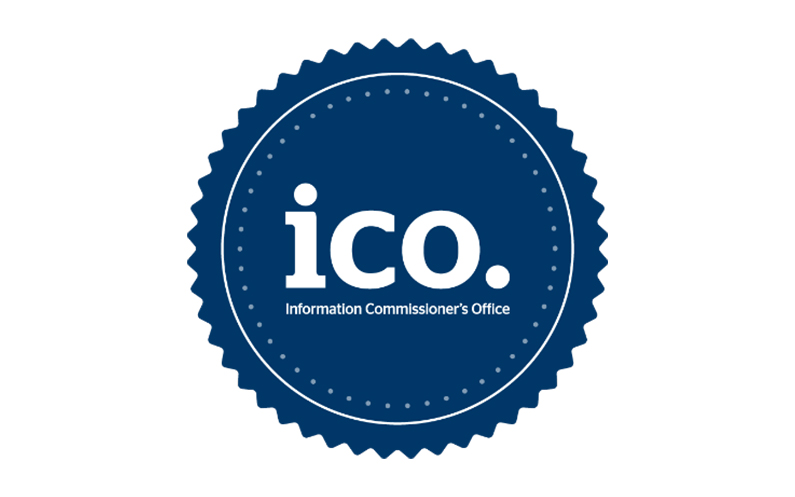In the quest to perfect the art of blog scheduling, we’ve gathered insights from top industry professionals that how to schedule blog posts that actually works, including an SEO strategist and a CEO. They share their experiences from maintaining consistency over frequency to aligning posts with seasonal trends. Dive into the wisdom of four experts to discover why their chosen schedules have proven successful.
- Consistency Over Frequency
- No Set Schedule, Trend-Driven Posts
- Quality Over Quantity
- Seasonal Posting Aligns with Trends
Table of Contents
ToggleConsistency Over Frequency
In my experience running TheEleganceEdit.com and managing blogs for my SEO clients, I’ve experimented with different content calendars and posting frequencies: weekly, bi-weekly, and even once-a-month posts.
What I’ve found more important than frequency is a consistent posting schedule aligned with audience expectations and quality content creation. In other words, the schedule that allows you to post quality content at a rate that you can keep up with is the best one. This is because consistent publishing is essential in building a loyal readership and maintaining relevance.
For me, a weekly posting schedule offers that sweet spot where I can consistently deliver valuable content without compromising its quality. It offers enough time to research, outline, write, and publish before moving on to the next piece.
Celeste Routh, SEO Strategist, The Elegance Edit
No Set Schedule, Trend-Driven Posts
I used to keep a tighter weekly schedule with blogging, i.e., I’d work on backlinks on Mondays, write a blog post on Tuesdays, and do something else Wednesday, Thursday, and Friday. However, these days I’m probably more active with my blogging than ever before, but I don’t keep a schedule.
We’re a supplement retailer, so I write about new products coming out as well as trending topics around supplementation, fitness, and health when the topics arise, or I see a topic trending, but I don’t keep a hard schedule.
John Frigo, Ecommerce Manager, Best Price Nutrition
Quality Over Quantity
As the owner of a small recruiting firm, I know the value of web content. Keeping an active blog draws clients to my site and helps me rank in search engine results alongside bigger agencies.
But in the initial days of my blog, I took this a little too far, churning out content on a daily schedule, convinced it was the trick to standing out.
This was a mistake. I wound up producing underwhelming copy that actually turned clients off. Google’s algorithm didn’t like it either; it’s well adept at prioritizing useful content.
Now, I only post when I have something interesting to say. I might go months without adding a blog post and then put up several in a week. It just depends. But when I do post, my content is worthwhile, and my click-through rate is higher than it’s ever been.
Linn Atiyeh, CEO, Bemana
Seasonal Posting Aligns with Trends
My preferred blog-posting schedule is seasonal posting. This schedule allows me to create content that aligns with industry trends or upcoming events, capturing the attention of my target audience. By tailoring my blog posts to specific seasons or holidays, I can generate anticipation among readers and drive engagement.
For example, if I have a food blog, I can focus on summer recipes with fresh ingredients during the summer season. This has worked best for me because it allows me to stay relevant, create timely content, and keep my audience excited about what’s to come.
Ben Lau, Founder, Featured SEO Company

